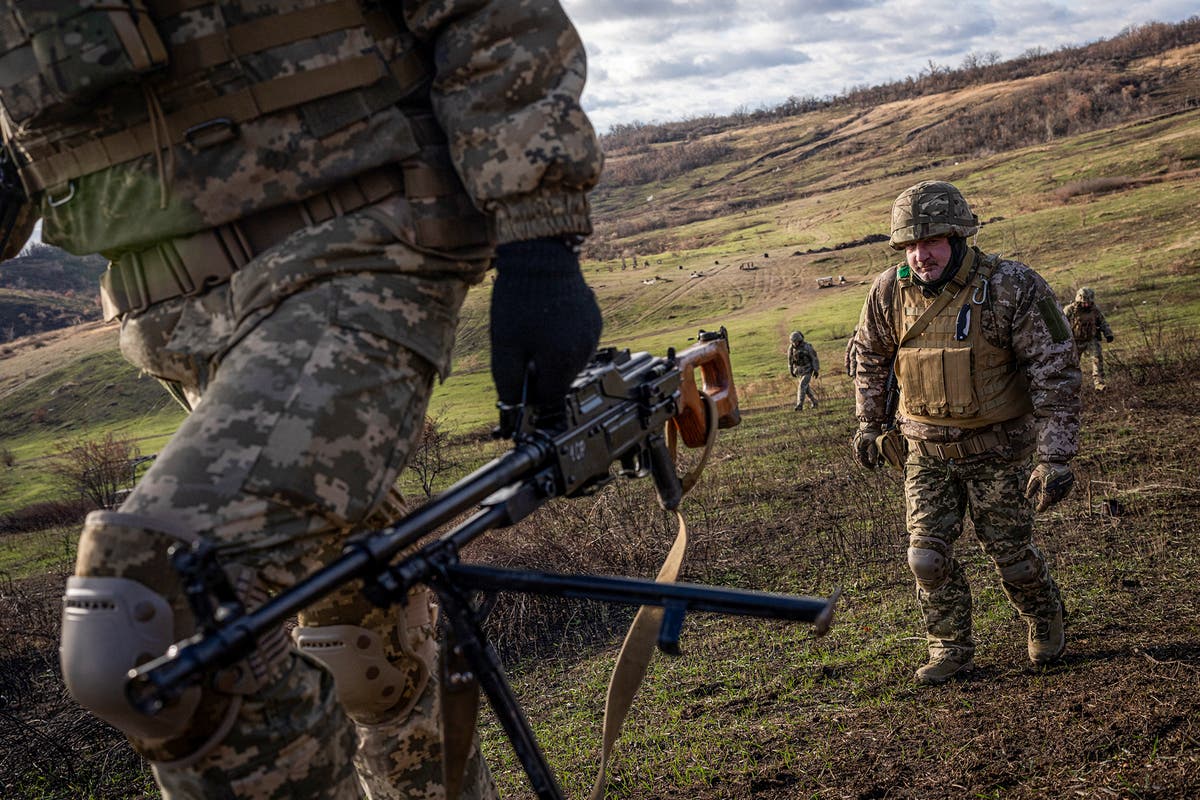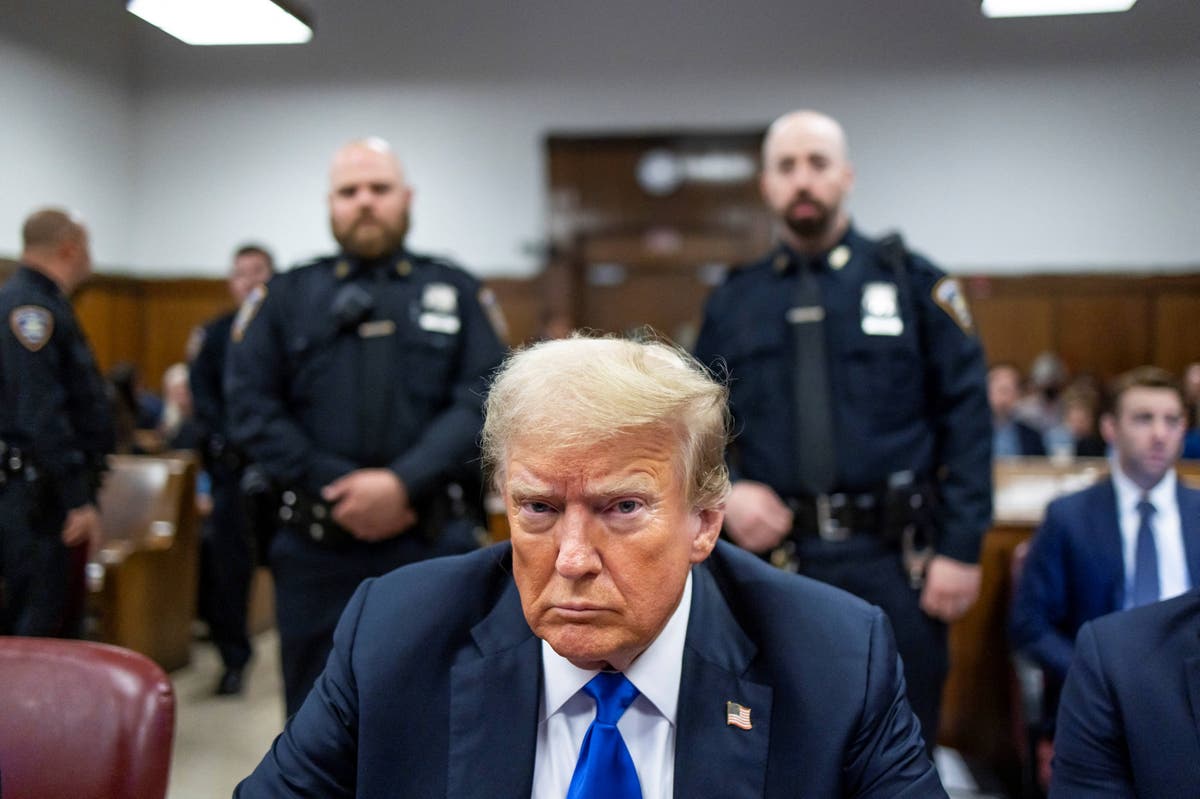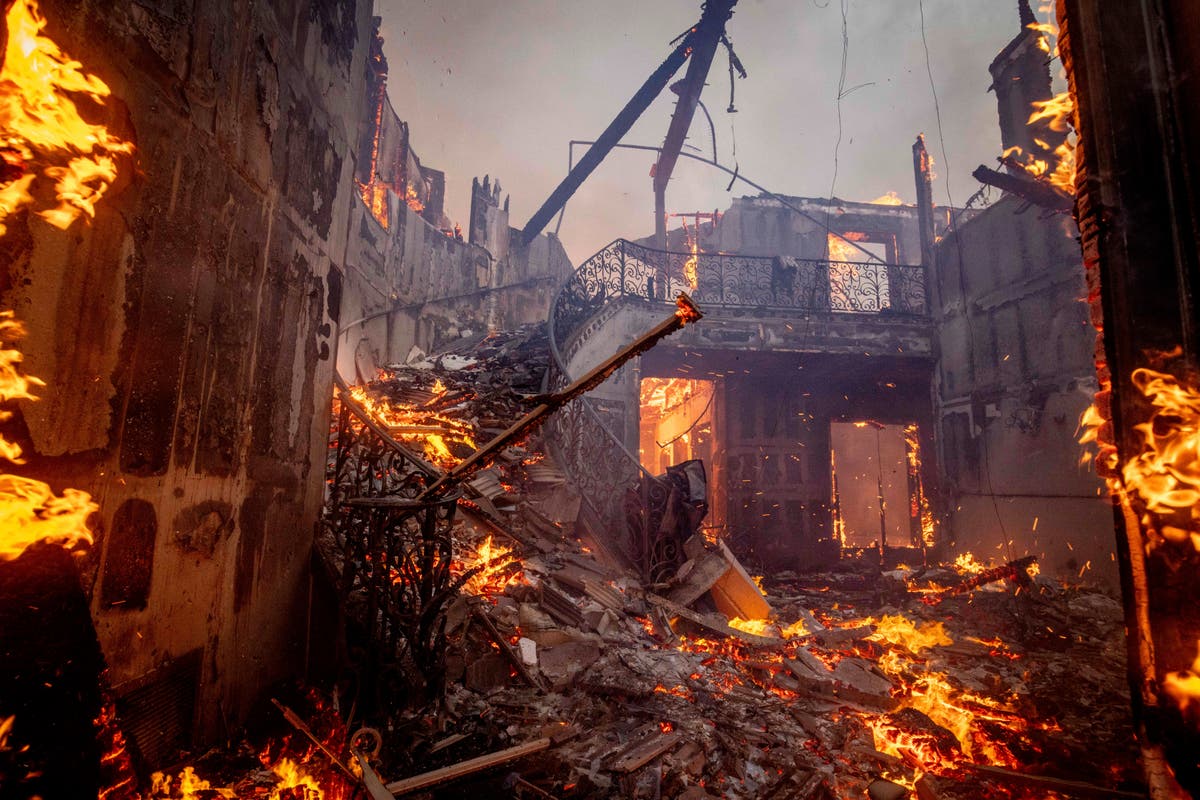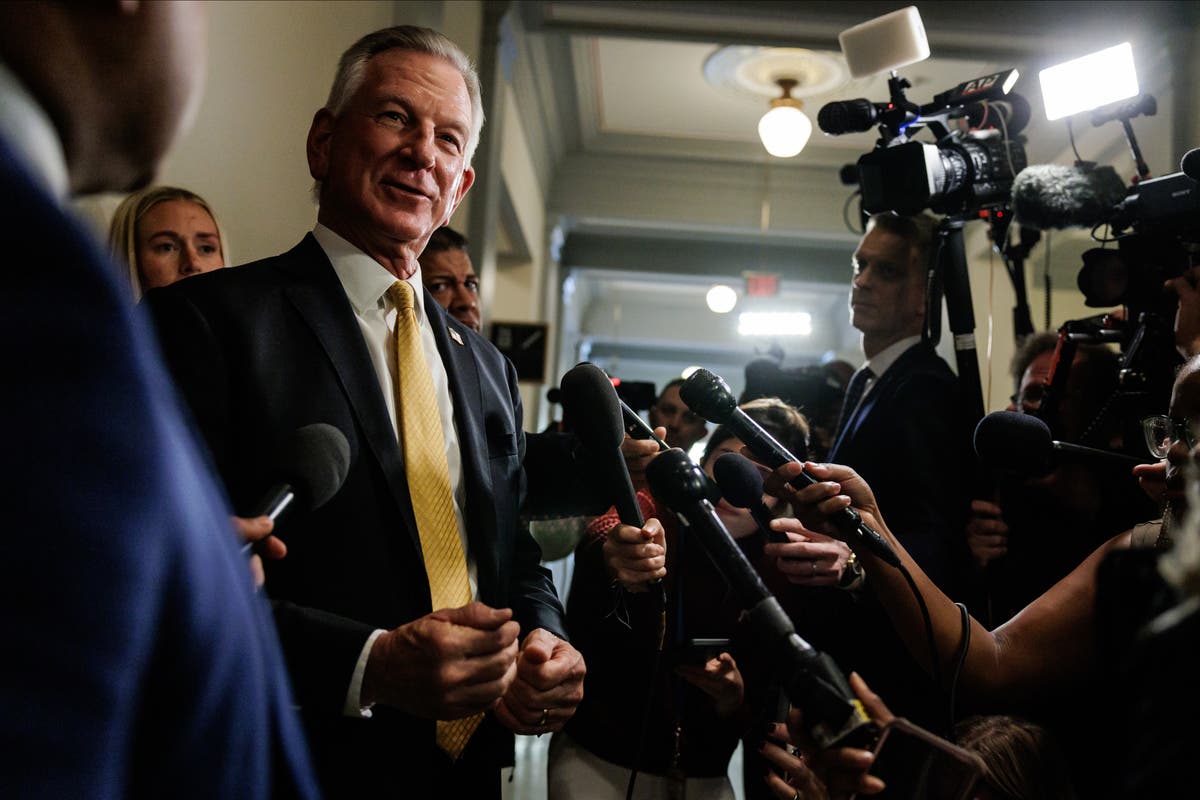The war in Ukraine's east continues to see intense fighting, with Russian forces making incremental gains in several key areas. Despite recent advances, the Ukrainian military's resilience remains a significant factor, while internal Russian military issues continue to hamper progress. The situation's evolution is expected to play a crucial role in future negotiations, especially with the upcoming return of Donald Trump to the presidency.
Kursk and Kupyansk: Persistent Battles
Russian forces have made slow but steady advances in Kursk, shrinking Ukrainian-held territory. Despite Ukrainian efforts, including a notable cross-border attack in August, Russia's infantry-focused assault strategy is gradually pushing back the Ukrainian lines. Meanwhile, in Kupyansk, though lacking major breakthroughs, Russian forces have recently retreated to fortified positions further back. Fighting in Kupyansk has been ongoing for months, with the situation there offering little sign of resolution.
Chasiv Yar, Toretsk, and Pokrovsk: Key Strategic Points
Further east, fighting in Chasiv Yar has persisted since July, with Russian forces failing to capture the city despite attempts to attack key defensive positions. In Toretsk, street fighting continues, highlighting the tenacity of the Ukrainian defense. At Pokrovsk, a significant bulge in the Russian advance has emerged in recent months. The strategic value of Pokrovsk is evident as Russia attempts to advance towards the western outskirts of the city. Reports suggest that Russian forces are employing infantry tactics in the area, signaling a possible change from their previous mechanised assault strategies. These advancements in the area, according to Ukrainian and military analysis, are indicative of worsening conditions for the Ukrainian defenders.
Kurakhove and Velyka Novosilka: Southern and Southwestern Advances
To the south and southwest of the main front, Russian forces have made gains in the Kurakhove and Velyka Novosilka areas. The capture or encirclement of Velyka Novosilka would potentially allow Russia to expand its operations into areas of the Donetsk, Zaporizhzhia, and Dnipropetrovsk regions. The fighting here highlights the fluctuating nature of the front line, with the possibility of Russian offensives expanding to new strategic targets.
Ukrainian Resilience and Challenges
The resilience of Ukrainian troops and their staunch defense of key areas has proven to be a significant factor in limiting Russian progress. However, internal Ukrainian factors like management and communication issues are also contributing to challenges on the ground. These factors, as detailed in recent analyses, are considered crucial to managing future operational success.
Outlook and Future Negotiations
As the situation evolves, the positions held by both sides will continue to influence future negotiations, particularly as the 2025 anniversary of the full-scale invasion approaches. The ongoing battle for control in these key areas will likely remain a focal point for both sides, shaping the long-term political and military dynamics in the conflict zone.







